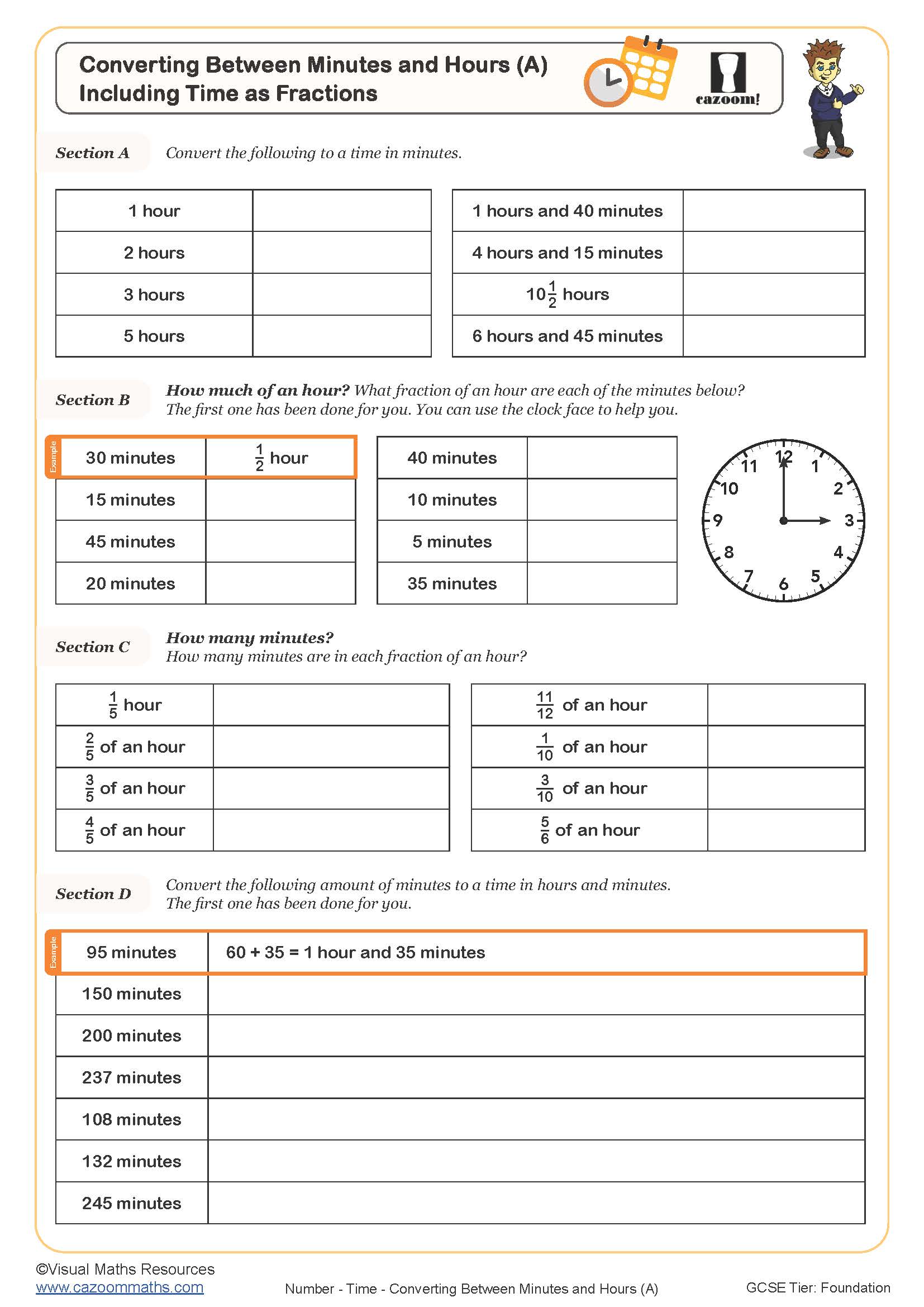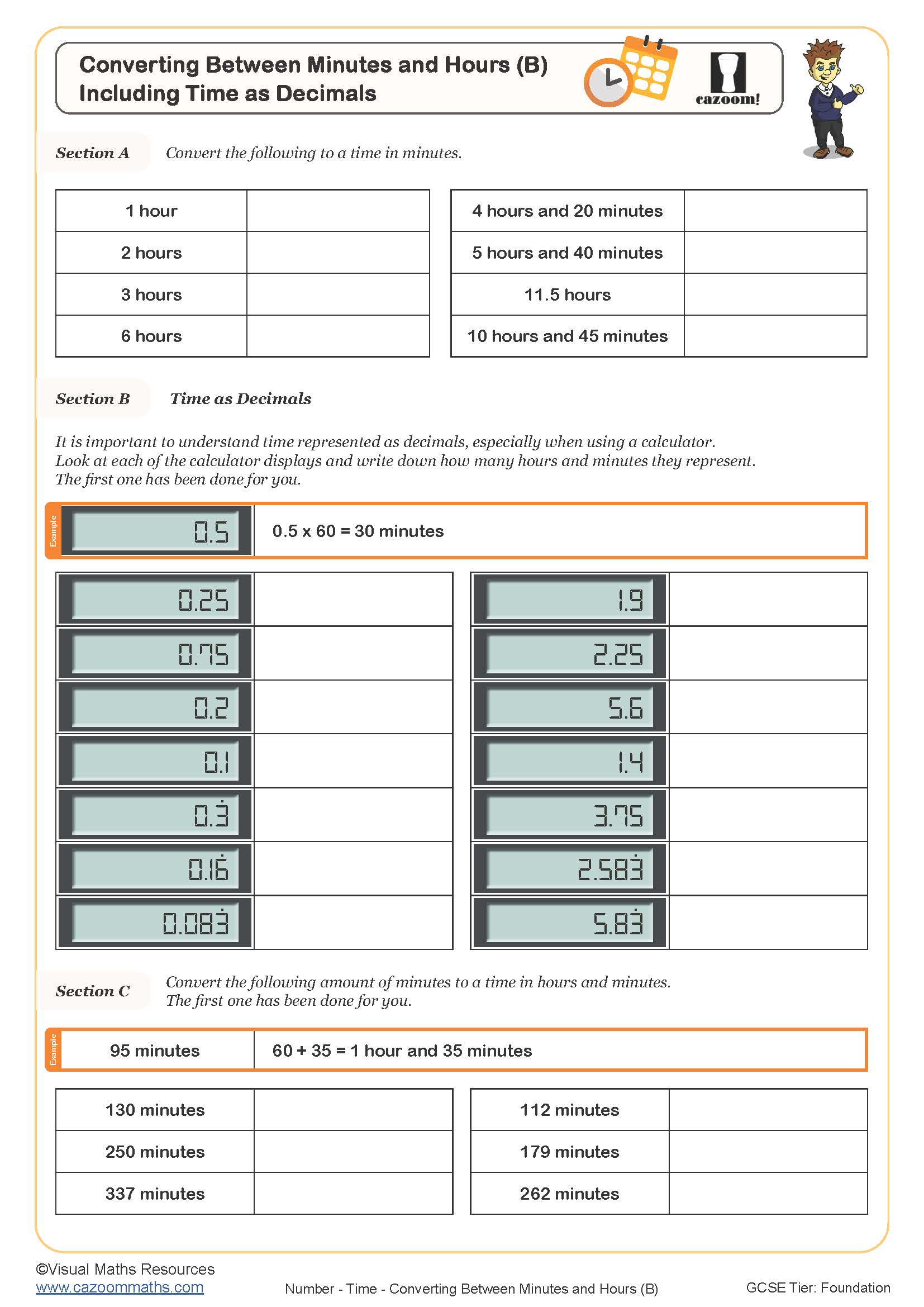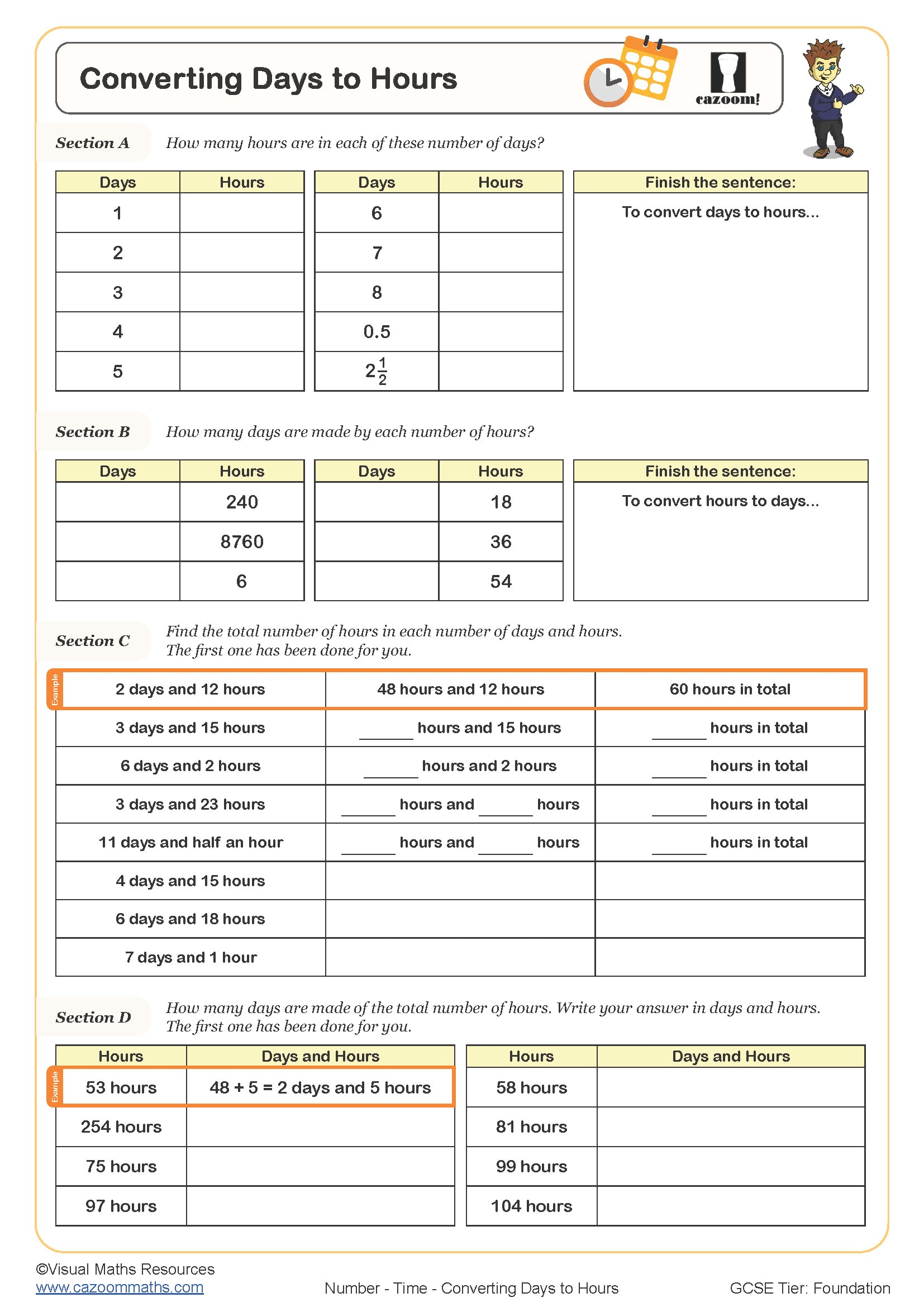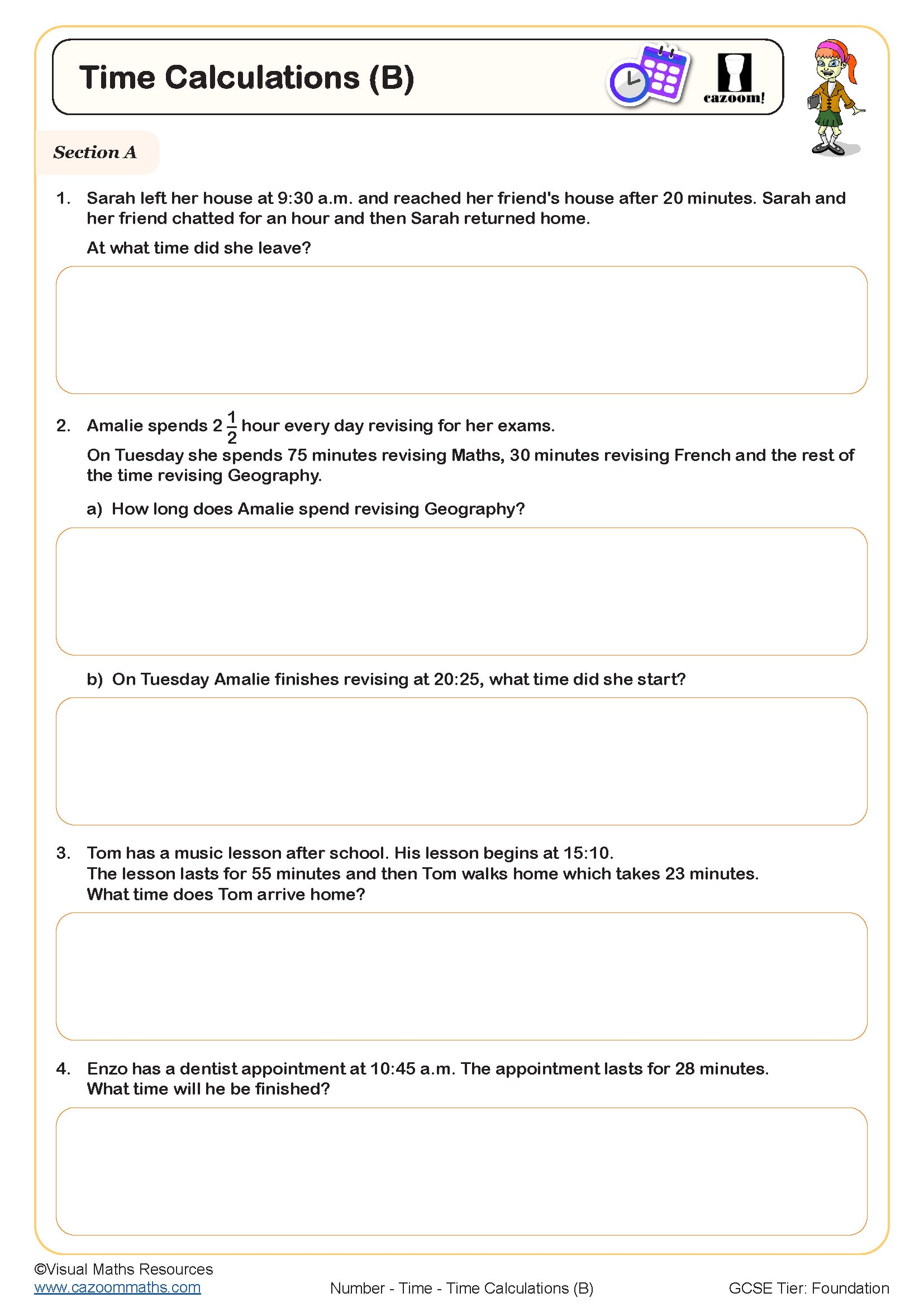Year 8 Telling The Time Worksheets
Discover the Secret of the Concept of Time With Our Printable Year 8 Telling The Time Worksheets
Secondary mathematics demands fluent manipulation of temporal data across multiple topic areas, from speed calculations in physics to graph interpretation in statistics. Students who learn time conversion skills early will be able to solve compound problems that require rates and ratios and proportional reasoning. The cognitive abilities that develop through consistent practice enable students to solve problems by dividing them into smaller parts and verify answer accuracy and perform unit conversions which directly support algebraic problem-solving. The worksheets combine time-based learning with other mathematical subjects to show students how different concepts relate to each other throughout the curriculum. Students who practice different types of math questions develop a more complete understanding of mathematics because they avoid the common problem of compartmentalization.
Specific learning benefits include:
• Converts fluently between time units
• Calculates complex elapsed durations
• Solves multi-step time problems confidently
• Interprets timetables and schedules accurately
• Applies time knowledge to rate problems
• Develops logical reasoning with intervals
• Strengthens mental calculation strategies
Curriculum Coverage: Worksheet Topics and Skills Your Students Will Learn
The carefully sequenced materials move from concrete clock representations through pictorial diagrams to abstract algebraic time problems, ensuring every learner can access the content at their level. Worked solutions accompany each exercise, demonstrating methodical approaches whilst highlighting common misconceptions. These detailed answer keys reveal the mathematical thinking expected at the KS3 level, modelling proper notation and layout.
The worksheets in this collection include:
• Reading Time Intervals — practice calculating durations between given times
• Converting Time Units — transforms hours, minutes and seconds systematically
• Elapsed Time Problems — solves real-world duration questions methodically
• Time Zone Calculations — explores international time differences and conversions
• Speed, Distance and Time — connects time with rate problems algebraically
• Timetable Interpretation — analyses transport schedules and planning documents
• Calendar Calculations — determines dates and intervals across months
• 24-Hour Clock Conversions — switches between standard and military formats
Attention Teachers: Boost Accuracy With Cazoom Maths Year 8 Telling The Time Worksheets
Preparation demands often overwhelm secondary teachers who manage multiple classes and diverse ability levels simultaneously. The resources come to the classroom already prepared with learning objectives that match national curriculum standards, which saves teachers from spending many hours on planning. The individual sheets contain progressively more difficult levels, which support whole-class instruction while automatically adapting to different student skill levels. Visual layouts prevent cognitive overload through strategic white space usage, focusing attention on mathematical content rather than navigation. The extension questions present challenging material for advanced students, but the basic exercises help students who need to review their knowledge by maintaining their interest. The standardised format of the collection enables students to identify test patterns, which leads to decreased test anxiety and enhanced concentration on mathematical problems.
Practical Time Mathematics Applications Beyond School
Understanding temporal calculations proves essential across countless professional and personal contexts.
• The aviation industry requires precise coordination across multiple time zones
• Healthcare workers calculate medication schedules and treatment durations
• Musicians count beats, tempo changes and rehearsal segments
• Filmmakers plan shooting schedules and coordinate international releases
• Retail managers analyse peak shopping hours and staff shift patterns
• Engineers program automated systems with time-dependent functions
• Astronomers track celestial movements and calculate orbital periods
• Athletes monitor training intervals and recovery phases between competitions



